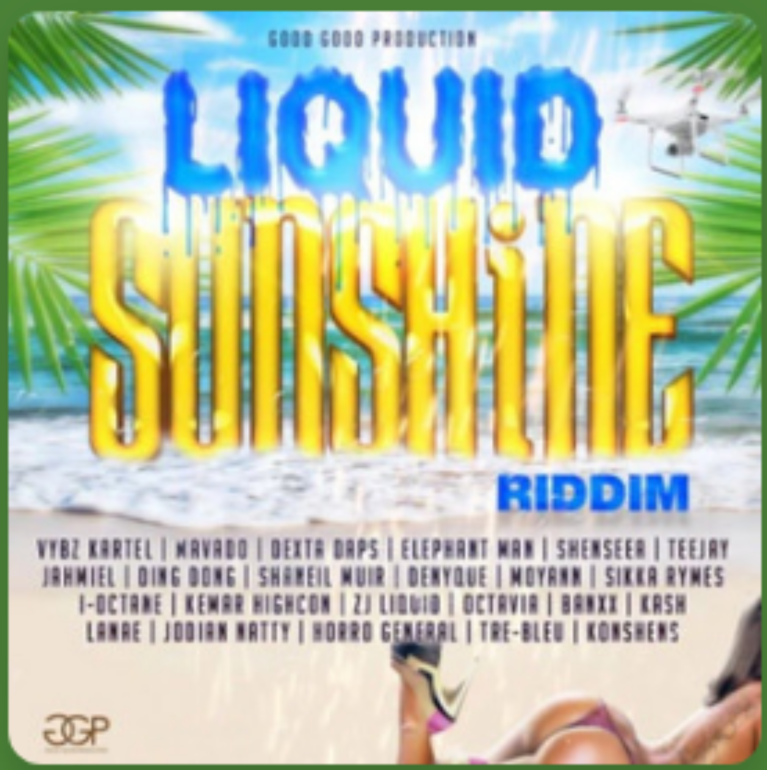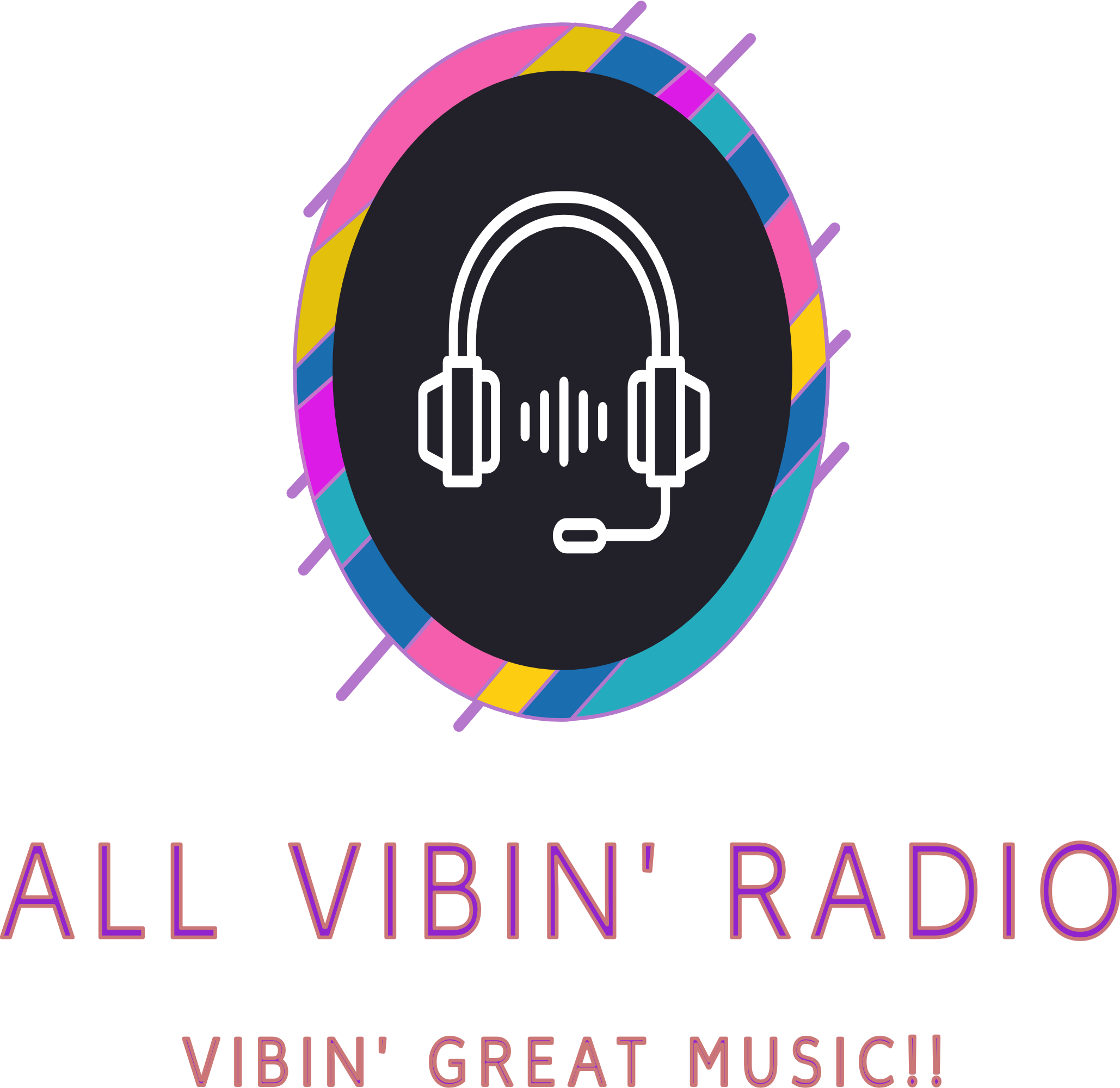
Dancehall

Dancehall is a genre of Jamaican popular music that originated in the late 1970s, evolving from reggae and characterized by its upbeat, rhythmic energy, faster tempo, and party-centric themes. It emerged as a distinct style in Jamaica’s dance scene, known for its vibrant, rhythmic beats, heavy use of electronic instrumentation, and dynamic, often improvised vocals or “toasting” by DJs.
Key features of dancehall include:
Rhythmic Focus: Dancehall is built around the riddim (rhythm track), which serves as the instrumental foundation for multiple songs by different artists. The beats are typically faster and more aggressive than traditional reggae, emphasizing syncopated rhythms and bass-heavy patterns.
Vocals and Toasting: Dancehall artists, known as DJs or deejays, often deliver lyrics in a rapid, spoken-word style similar to rapping, known as “toasting.” This improvisational, rhythmic vocal delivery is a signature element of the genre.
Lyrical Themes: Dancehall lyrics often focus on celebration, love, partying, fashion, and street culture, though they can also address social issues. The genre is known for its raw, direct language, which can be controversial, especially when discussing topics like sexuality and street life.
Dance Culture: Dancehall is closely tied to Jamaica’s vibrant street dance culture, with specific songs often accompanied by choreographed dance moves. This connection makes it not only a musical style but also a lifestyle, influencing fashion, dance, and Jamaican popular culture.
International Influence: Dancehall has had a major influence on global music, particularly in hip-hop, reggaeton, and electronic dance music (EDM). Artists like Sean Paul, Shabba Ranks, and Beenie Man helped popularize dancehall internationally in the 1990s and 2000s.





